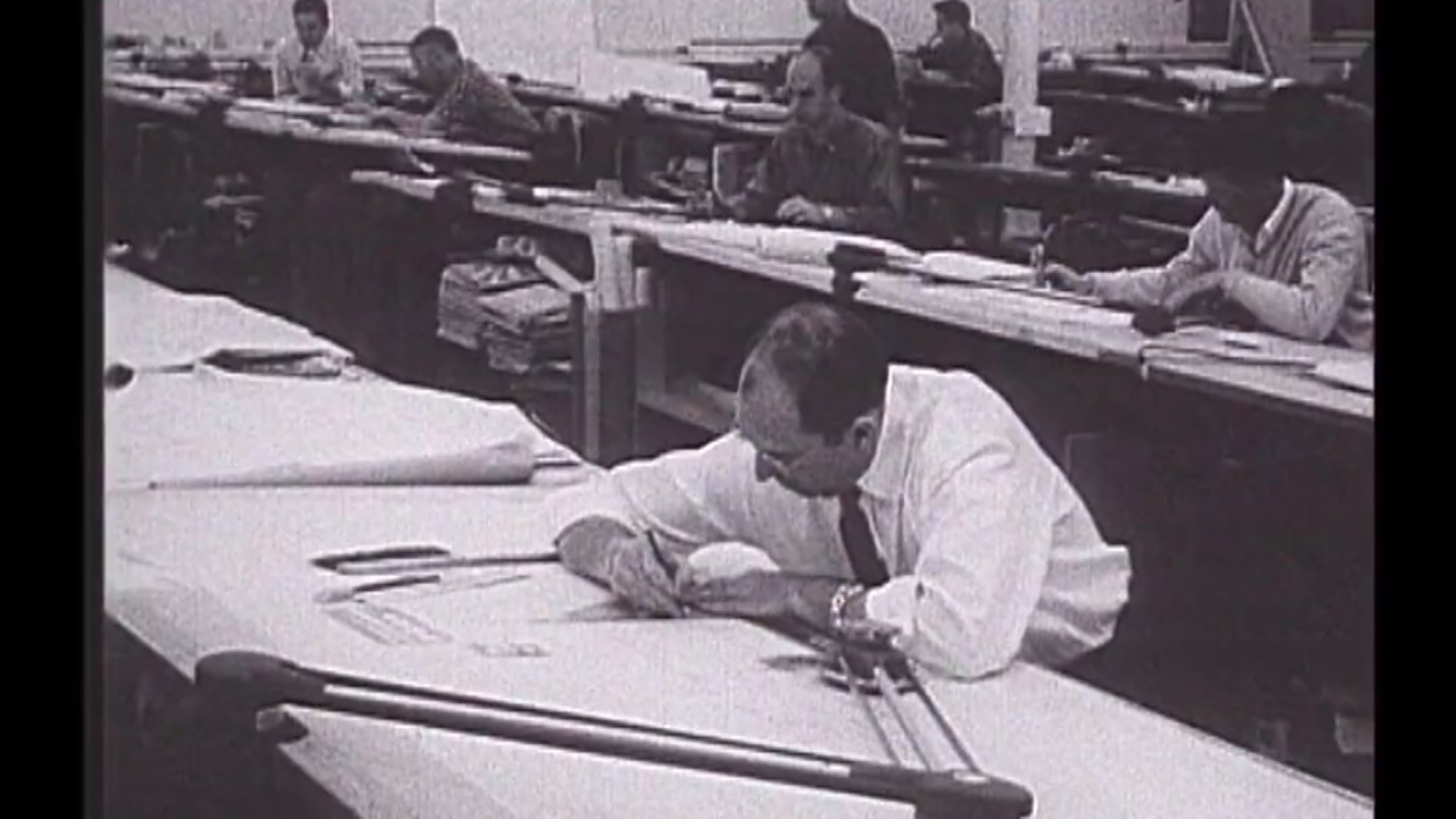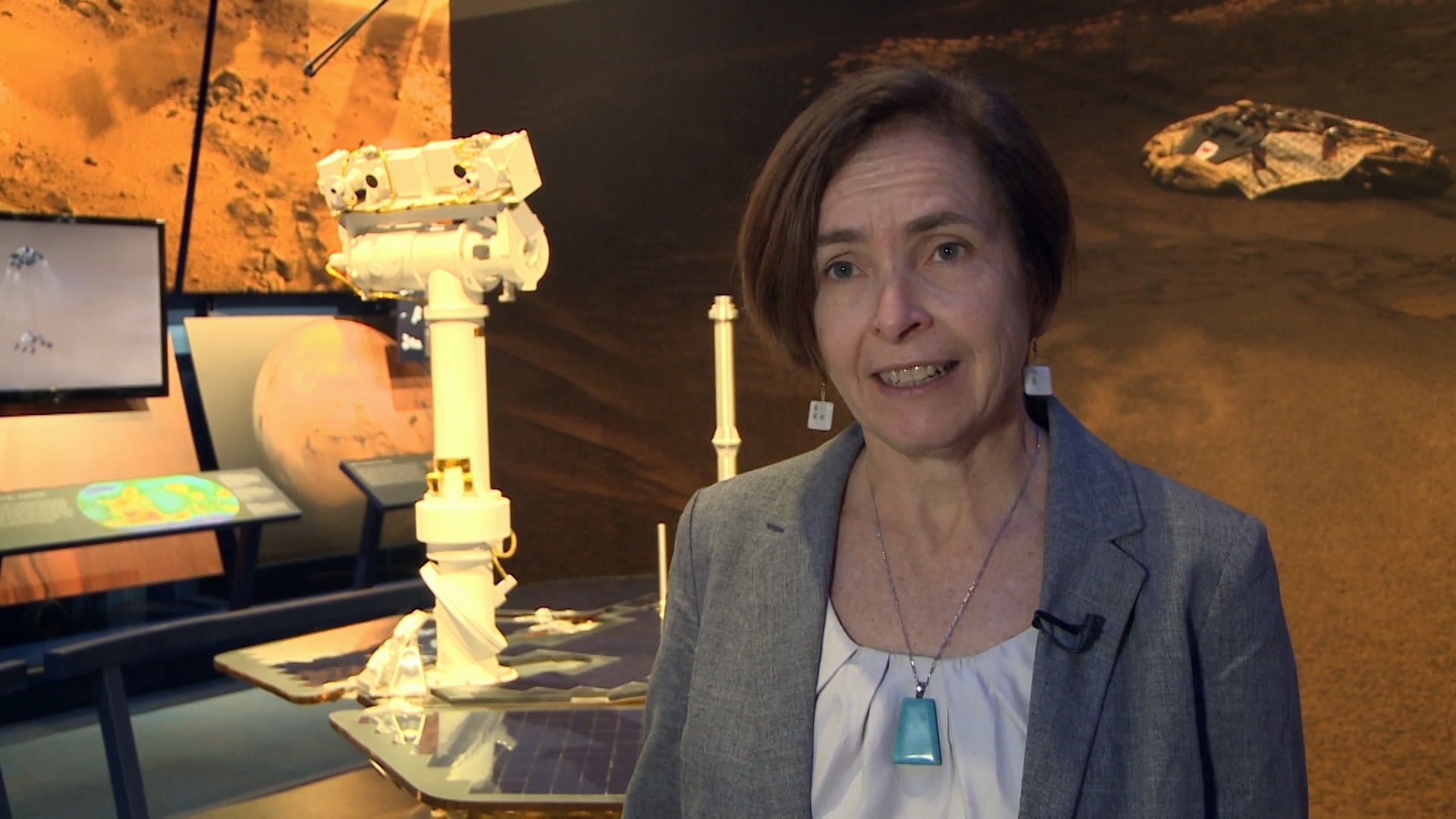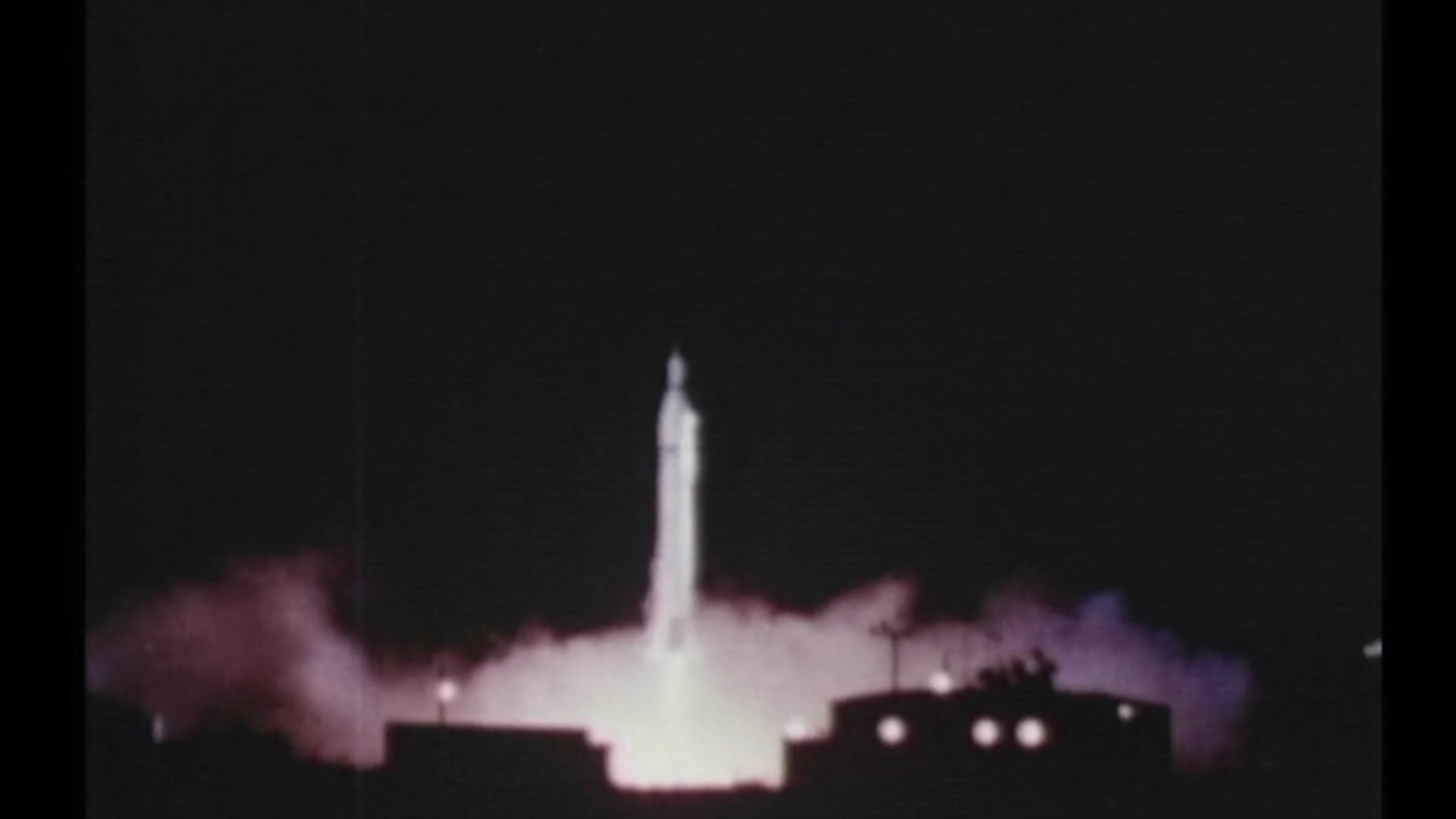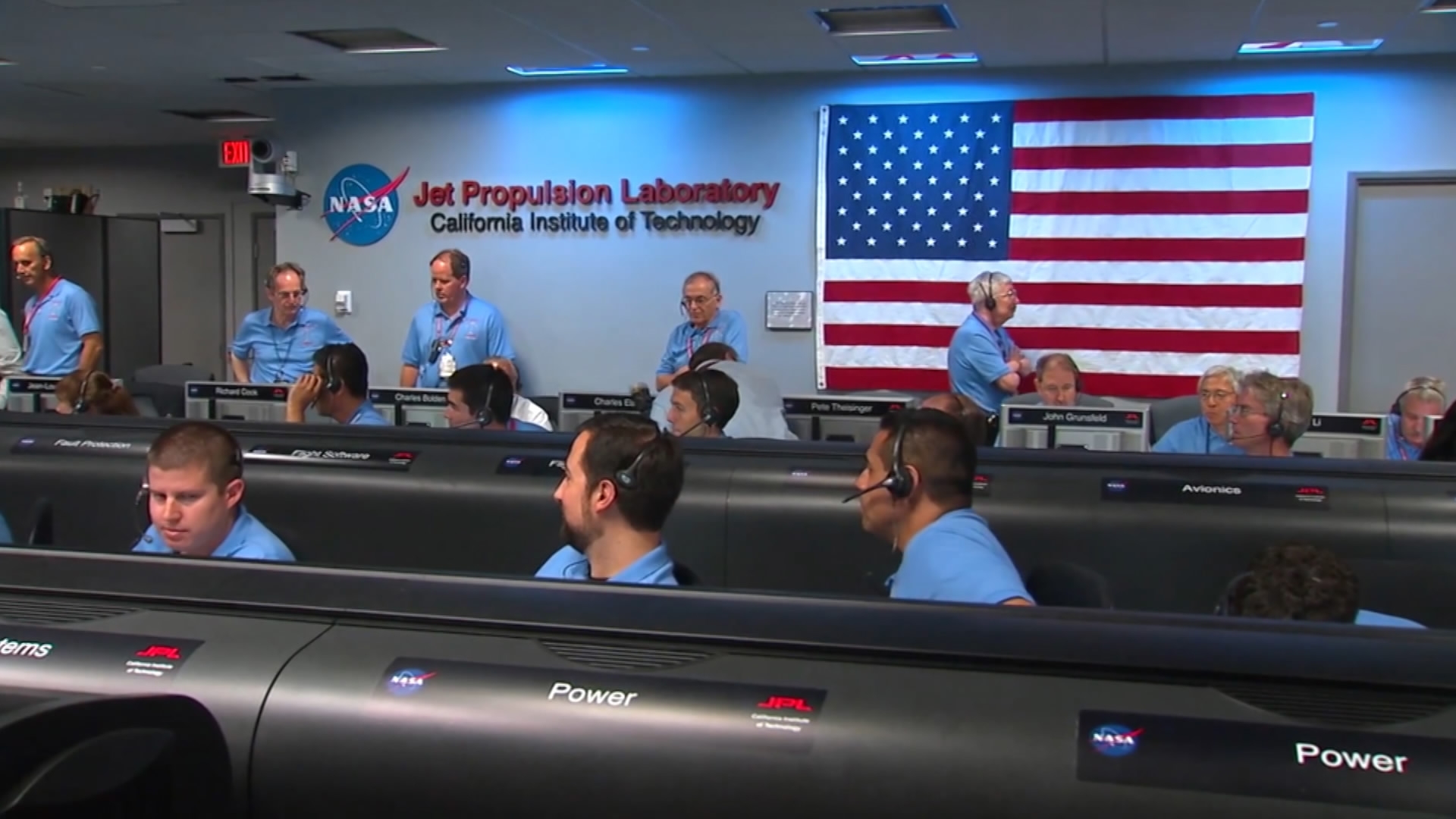
Space
09:51, 13-Feb-2018
Sixty years of space exploration
By Frances Read

In the six decades since the space race began, exploration of the universe has taken several giant leaps.
The Soviet Union’s launch of Sputnik One in November 1957 started the “Space Age.” That satellite took 98 minutes to orbit the earth and was only the size of a beach ball.
Erik Conway, a space historian from NASA’s Jet Propulsion Laboratories in California, says the launch of Sputnik One was a big concern to the United States.

NASA space historian Erik Conway /CGTN Photo
NASA space historian Erik Conway /CGTN Photo
“The US wasn’t the first to launch a satellite. They [had] hoped to be [the first]. But the Soviet Union said they’d do it first, and they were successful. And that set off some concern in Washington that maybe the US was falling behind in the Cold War, so there was an acceleration in space activities."
Less than three months after the launch of Sputnik One, the US launched its first satellite, Explorer One. Conway says it contributed significantly to our knowledge of how our world works.
“Explorer One discovered the Van Allen radiation belts and it provided the background [to] the beginning of both space science experiments and Earth orbit to study the earth, heliophysics experiments to study the sun and eventually planetary exploration to understand the solar system.”

Scientists working on Explorer One in the 1950s /CGTN Photo
Scientists working on Explorer One in the 1950s /CGTN Photo
Those successful first experiments and the competition between the two nations that followed prompted an increase of funding throughout the 1960s and an acceleration of space exploration.
Now, 60 years later, SpaceX has just test launched its Falcon Heavy rocket, which could eventually take people to Mars. NASA scientist Dr Sue Smrekar expects many more cutting edge developments to follow.

NASA scientist Dr Sue Smrekar /CGTN Photo
NASA scientist Dr Sue Smrekar /CGTN Photo
“We have a new launch vehicle which is coming online where we’ll be able to put huge payloads in space – giving us the ability to send really large vehicles, maybe including humans,” she said.

Explorer One lift off. /CGTN Photo
Explorer One lift off. /CGTN Photo
“One of the things we might do is to use those vehicles to explore Europa, with water coming out of the interior, and we have lots of missions exploring planets around other stars as well. We only have one example so far of life in our solar system and we’re having more and more exciting missions for planets from other stars and we’re finding tons of other planets the same size as the earth. We want to know [if they are] habitable like the earth.”

The Jet Propulsion Laboratory, Pasadena, CA /CGTN Photo
The Jet Propulsion Laboratory, Pasadena, CA /CGTN Photo
It was the imagination of scientists in the 20th century that led to the rocket science we see today, in the same way that scientists now are looking at future exploration that was almost unimaginable in the 1950s.

SITEMAP
Copyright © 2018 CGTN. Beijing ICP prepared NO.16065310-3
Copyright © 2018 CGTN. Beijing ICP prepared NO.16065310-3